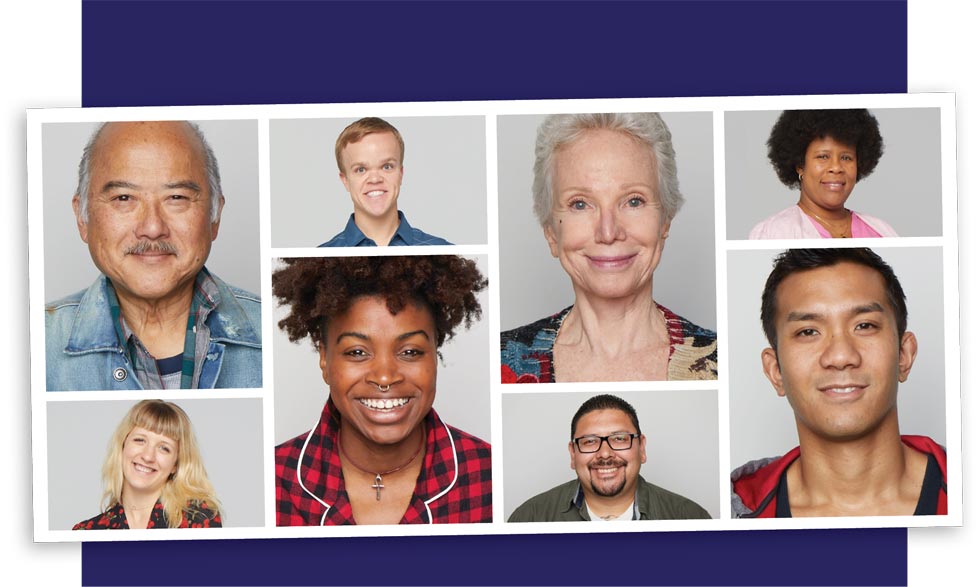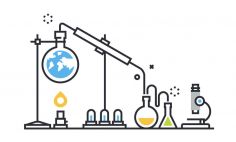NIH's All of Us Research Program, launched nationally in May 2018, has collected health data from thousands of people around the U.S. The program hopes to understand how our individual differences affect health and disease. Stephanie Devaney, Ph.D., is deputy director of the program. She spoke to NIH MedlinePlus magazine about where All of Us is one year in—and what's next.
How many people are enrolled in All of Us?
More than 135,000 people have completed all of the initial steps of the program. Steps include agreeing to share their electronic health records, completing surveys, and providing physical measurements and biosamples (blood and urine samples). Thousands more have joined the program and are in the process.
We have participants from all 50 states and all types of backgrounds. More than 75 percent are in communities that haven't always been represented in biomedical research. Those include racial and ethnic minority groups, sexual and gender minorities, older adults, and rural residents.
We think everyone should have the opportunity to take part in research and share in its benefits. The more we learn about our individual differences, the more tailored our health care can become.
What have you learned in the first year of the program?
People have different opinions about taking part in research studies—different questions, concerns, and goals.
We've spent a lot of time in our first year talking to different communities about their views on research. That's something we'll continue to do as we go. We're working with participants to make the program something they're glad to be part of and want to stay involved with over the long term.
What is up for 2019?
This is a big year for us. While we continue enrolling participants, we're also preparing to release initial data. This data will help researchers learn about health risks—and what keeps people healthy.
And as we gather more data, we'll have more information to share. We will eventually have the full DNA sequence mapped for 1 million people that, coupled with information from health records and surveys, will be a rich resource.
How can people get involved?
People can visit JoinAllofUs.org to learn more about the program, subscribe for updates, and sign up. They can also find us on Facebook, Twitter, Instagram, and YouTube @AllofUsResearch.







